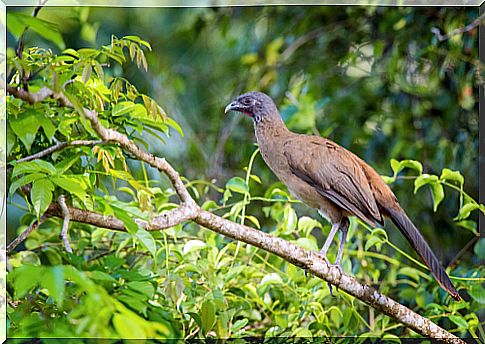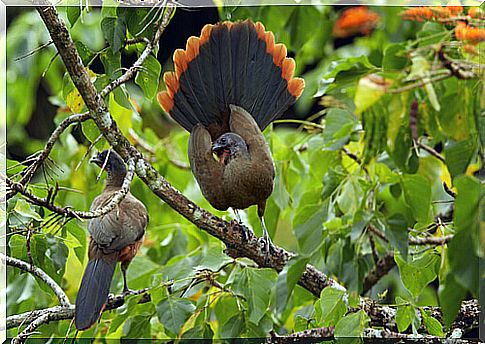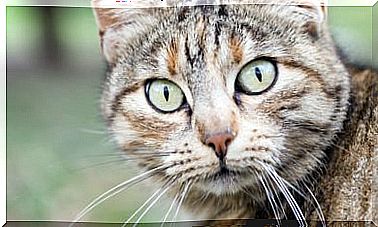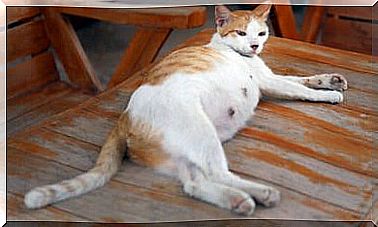The Red-billed Guacharaca, A Bird Of The Tropics

The red-billed guacharaca ( Ortalis ruficauda ) is a tropical bird of the order Galliformes. It is also known as “chachalaca” or “Cocrico”.
This species is a member of an ancient group of birds of the cracid family, which includes about fifty species and is related to megapods. The latter known as mound-building birds that inhabit Australasia.
Distribution of the red-bellied guacharaca
The red-tailed guacharaca lives only in America. It is endemic to neotropical areas: northeast Colombia and northern Venezuela, although it also lives in Trinidad and Tobado, where it is one of the two national birds.
Habitat
The red-billed guacharaca resides in deciduous scrub, gallery forests, and forest patches in the drier lowlands of northeastern Colombia, northern Venezuela, and Trinidad and Tobago, as mentioned above.
In Venezuela, guacharacas generally do not inhabit the depths of humid forests, but rather prefer thickets, thick stream edges, or low forests found in the driest parts of the tropics.
Physical characteristics
These birds are similar in appearance and size to chickens and pheasants. They have a small head, a long neck, a body with large, strong legs, and a relatively long tail. They also emit low and resonant songs.
This species has a dull and discreet plumage. The predominant colors are gray, brown and black, which serve as camouflage on the branches and on the ground. Females of this species also have a dark brown morphology with a light brown body portion.

Habits of the red-tailed guacharaca
Guacharacas are mainly diurnal birds. They are most active in the early morning before dawn, when they are heard making loud calls.
These birds prefer to nest in trees. Primarily, they feed on fruits and herbs, thus, they eat soft fruits, seeds, flowers, green shoots and leaves. Due to its frugivorous habits, this bird is a good seed disperser and therefore is important in the regeneration of forests.
Recent studies have qualified the red-bellied guacharaca as an indicator species of the state of forest conservation. In addition, this bird is a social species that usually gathers to forage in flocks of 4-20 birds.
Guacharacas usually rest in the hottest hours of the day. Of course, their resting places are always in the trees. They also take dust baths and it is believed to help them deal with external parasites. Although, they can also be part of the courtship ceremony.
Reproduction
It should be noted that these birds are monogamous. In addition, they usually nest in trees and both the male and the female contribute to the construction of the nest. During the breeding stage, they can be territorial.
They generally lay two white eggs that the female incubates alone. The young are precocial and are born with the instinct to immediately climb and take refuge in the nesting tree. They are able to fly within a few days of hatching.

The song of the guacharaca culirroja
Many guacharaca specimens make extremely loud sounds. They have a very enlarged windpipe that guarantees that your calls can be heard more than 1 kilometer away.
Usually, flocks of guacharacas make very loud sounds in chorus. Their songs are dominated by a crowd of cackles, shouts and squawks.
Conservation status of the culirroja guacharaca
Traditionally, the cracid family has been hunted in the rural towns of the Neotropics, due to its larger size compared to other forest birds. On the other hand, the increasing deforestation of their habitat also influences the accelerated decline of local populations of cracids throughout Latin America.
One factor that can favor action in favor of the conservation of this species is that it is becoming an important species for the ecotourism industry.









